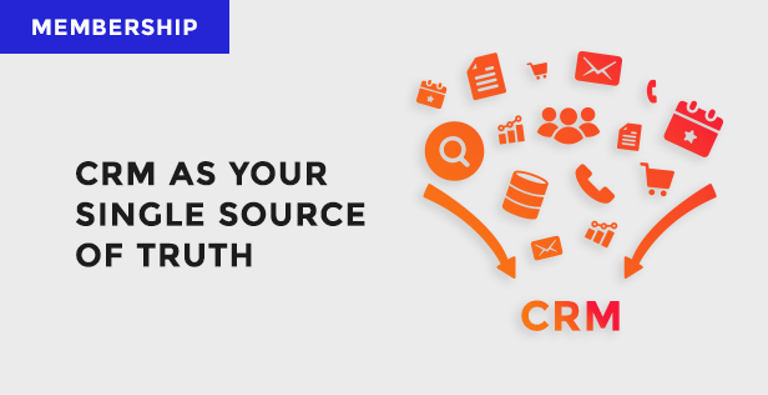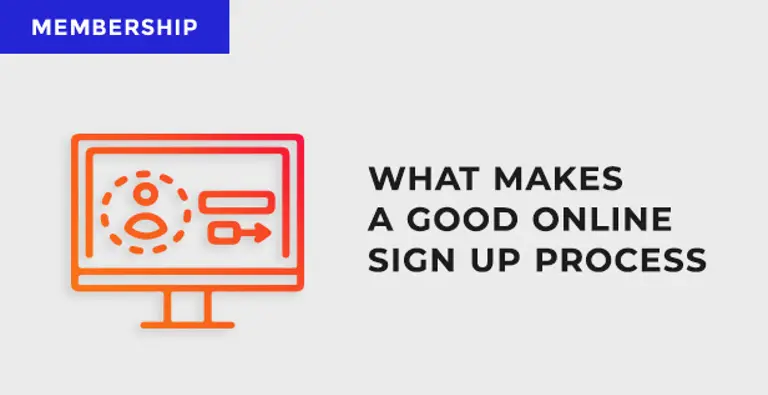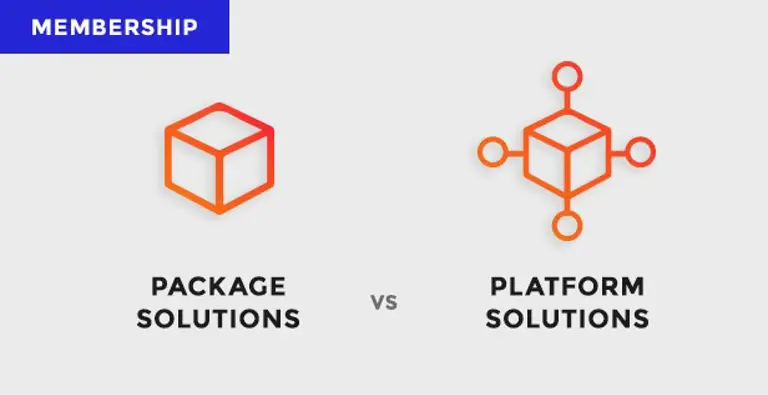What do you think when you see ‘CRM’?
‘That’s where you store all of your customer details’. Correct.
‘Customer relationship management’. Yes correct.
‘It’s a database’. Yes it is.
But…
A CRM system should be so much more than that.
Let’s face it, an Excel spreadsheet with all your customers details in there could loosely be classed as a ‘CRM system’. For certain organisations this may seem sufficient.
However, with the introduction of GDPR regulations in May 2018 using Excel spreadsheets to manage data can be tricky.

Image by Anemone123 from Pixabay
What does ‘single source of truth’ mean?
A single source of truth is a place where data is stored and managed in a single location. The purpose is so that every person in your organisation can work from one set of data, that's known to be up-to-date as opposed to people working in silos, with their own copy of the data. This results in your data being as accurate as possible.
Your CRM database is much more than a place to store customer details
Your CRM is the place to store your customers details but it’s also a place to store your prospects details and a tool to help engage with them.
So, we’re now crossing over the barrier from membership management to marketing.
Let’s say you’ve decided to launch an email campaign to all your membership base and you’re using Mailchimp to send the emails. Mailchimp will record and store all your data, I.e. clicks and opens, which is great.
However, we would recommend that we send all that information back to CRM to be stored. This way you have a full 360 view of data in your CRM and gives you the ability to tailor responses on a more individual level and to produce better reports.
That’s one example of feeding back data to your CRM but what’s the main reason for the source of truth rule?
Not following the source of truth rule?
Most membership organisations have a team of people or a committee who manage different areas of interest. Such as the secretary keeping the member details up to date in the CRM and the Treasurer keeping a close eye on who’s paid and who hasn’t paid for their membership this year.
This is where you need to be really careful to keep all your data up to date in one place. It’s common for organisations to use multiple lists to store their data, which is bad practice.
Scenario
Joanne is the Secretary; she receives an email from a member notifying a change of address. She navigates to the CRM, updates the address, clicks save and all is good.
January comes around and Nathan, the organisations Treasurer, is monitoring renewal payments in his finance system, which is separate to Joanne's CRM database. He receives a payment from the member who changed their address with Joanne last year, but she forgot to notify him of the address change, so his data is incorrect.
He arranges for a hard copy of the yearly journal to be sent out to the newly renewed member and it’s delivered to their old address. Not good!

Image by jessica45 from Pixabay
How could this have been avoided?
Simple, the data should have been managed in one place.
Nathan should be using the same CRM database as Joanne to track and manage renewal payments.
He can still use the finance system to generate invoices and credit notes, but the data should be managed in CRM then extracted and uploaded to the finance system for action to be taken there.
Once you move the management of data from one location to multiple locations, the risk of data becoming out of sync is much more likely. This can result in disgruntled members and more admin time for you.
How could this not only be avoided but improved?
The process Nathan and Joanne are using is manual and very admin heavy.
The email Joanne received for a change of address could have been avoided if the member had the ability to update their address themselves.
For this to be possible, Joanne should introduce a member portal where your members can find value and self-serve.
Your member portal can then integrate with your CRM database, so the members details are updated automatically. Wouldn’t that be a dream!
With regards to the finance side which Nathan manages; introducing direct debits and a pay online card option would have made his life so much easier.
- He wouldn’t have to check the account for BACS and cheque payments anymore.
- Direct debits would renew automatically.
- Automatic renewals reminders can be sent to card payers.
- On successful payment, the system would automatically update members’ status to paid in CRM
All Nathan would have left to do is to extract the data from CRM and upload it to his finance system for invoicing.
Voila.
Your data MUST be accurate
This goes without saying but it has to be stressed that your data must be accurate. When using CRM as your source of truth you can’t afford to enter inaccurate data as this will throw your other systems out of sync too.
To wrap up
Whether you are the organisations Secretary, Treasurer, Membership manager... you get the picture. You should all be managing your membership data in one place. Keep your CRM as the source of truth and use that information as a tool to take action in other areas of your organisation.
Get in touch if you’d like to know more about CRM systems for Membership organsisations.




